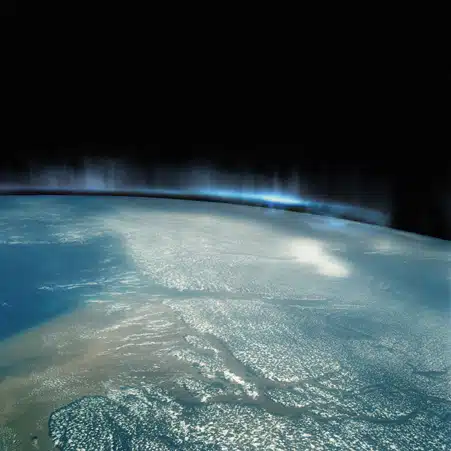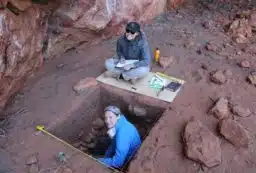Geologists fascinated by the scum of the earth: giant computer models have replaced Jules Verne’s fevered imagination in producing images of the centre of the Earth. We can explore the deep earth and witness mountain building, earthquakes, volcanic eruptions and the formation of giant ore deposits over millions of years.
A new computer model of the Earth’s structure will allow geologists to re-run historical geological processes and help identify the most promising areas for exploration.
The model will simulate real geological events of the Earth’s pre-history and provide essential information to geologists when it comes on line. It will identify the most likely places where rich deposits of ores and oils are hidden in the crust of the Earth.
Dr Louis Moresi, a CSIRO scientist working with the Australian Geodynamics Cooperative Research Centre said that the model will provide the best picture of what is inside the Earth’s crust.
“People will never be able to travel to the centre of the Earth, or even drill deep holes into it,” he said. “It’s too hot, the distances involved are too great and pressure inside the crust is enormous.
“The best way to build up a picture of what the red centre contains is by pooling all the available information in a giant computer model.
“We’ve ironed out all the major obstacles. Now we are in the process of moving away from explaining the Earth by analogy, to a position where we can start recreating large-scale geological events.
“That’s the real advance, a real breakthrough.”
Dr Moresi has developed a new computer code which uses the measured properties of rocks and information on the way the Earth’s tectonic plates move around.
The model depicts the surface of the Earth – the bit where we live – as a thin scum floating on a mobile sea of warm rocks. It can replicate the collisions between continents which produced the Himalayas, and the zones where the ocean floor is being consumed, a process which formed the Andes.
“It’s the most advanced mathematical tool of its kind,” he said. “It takes techniques from plasma physics and studies of impacts and uses them to model the moving plates on the Earth’s surface as they collide and undergo enormous deformation.
“Our model incorporates a realistic picture of the brittle nature of the surface rocks (which produce faults and earthquakes), and also the incredibly slow motion of warm solid rocks deeper in the Earth which travel just a few centimetres a year.”
Dr Moresi will speak at Fresh Science, at the Great Australian Science show at 10 am on Sunday March 10, in the Exhibition Building on Southbank in Melbourne.





 Fresh Science is on hold for 2022. We will be back in 2023.
Fresh Science is on hold for 2022. We will be back in 2023.